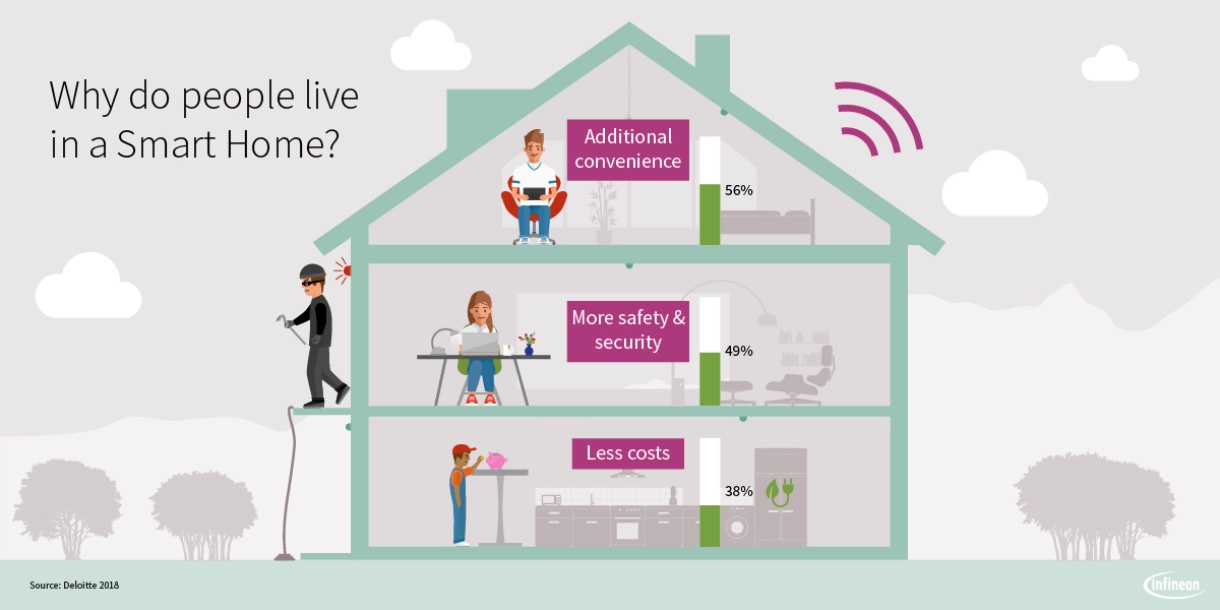
The Rise of Smart Homes: How Technology is Changing Housing
Imagine waking up to the gentle sounds of your favorite playlist as the curtains slowly part to let in the morning sun. Your coffee maker already knows how you like your morning brew and is busy preparing it just as you step out of bed. No, this isn’t a scene from a science fiction movie – this is the reality of living in a smart home.
The concept of smart homes has been around for decades, but only recently has technology caught up with our imaginations. Smart homes are no longer the future; they are the here and now. So, what exactly is a smart home, and how is technology transforming the very essence of our living spaces?
What is a Smart Home?
A smart home is equipped with a series of devices that can communicate with one another and be managed remotely through a smartphone, tablet, computer, or a separate system within the home. These devices range from lighting, heating, and air conditioning systems to cameras, televisions, and even refrigerators. They offer increased convenience, comfort, and security, making everyday living simpler and more efficient.
Effortless Control and Convenience
One of the most significant benefits of smart homes is the convenience they offer. With voice commands or a few taps on a screen, homeowners can control various aspects of their houses. You can adjust the thermostat while snuggled up in bed or check your security cameras while you’re out running errands. The technology adapts to your lifestyle and not the other way around.
Energy Efficiency and Savings
Smart homes are not only about comfort but also about efficiency. Smart thermostats learn your schedule and preferences, adjusting the temperature to save energy when you’re away. Smart lights can dim or turn off automatically, conserving electricity. These features not only reduce your carbon footprint but also lead to significant savings on utility bills.
Enhanced Security
When it comes to security, smart homes have elevated the game. Modern smart homes can include camera systems that allow you to monitor your home from anywhere in the world. Doorbells with video let you speak with visitors without opening the door, and you can even grant access to your home remotely, offering peace of mind and a new level of security.
Accessibility and Comfort
Smart home technology is also a game-changer for the elderly and those with physical disabilities. Voice-controlled systems and automated tasks can make life easier for individuals who find mobility challenging, offering them a sense of independence that was previously unattainable.
Learning and Adapting
Perhaps one of the most intriguing aspects of smart home technology is its ability to learn and adapt to your habits. Some systems can suggest better energy-saving options or remind you to lock your doors at night. They can also learn your daily routines and adjust the home environment accordingly, ensuring that your living space is always as you like it.
Magic at Your Fingertips
The magic of smart homes extends beyond daily routines. Imagine hosting a dinner party and having the perfect mood lighting and music kick in without lifting a finger. Or think about receiving alerts when your laundry is done or when it’s time to buy milk. The conveniences brought by smart home technology can seem small, but they add up to a significantly improved and streamlined lifestyle.
Smart Homes: Today and Tomorrow
Today, smart home technology is more accessible than ever. It’s no longer limited to the wealthy or the tech-savvy. Anyone with a smartphone can turn their living space into a smart home. But what does the future hold?
The next generation of smart homes is looking at even deeper integration of AI to not only manage simple tasks but also predict the needs of the occupants and possibly even take care of health-monitoring functions. The line between digital and physical is blurring, creating living spaces that are truly responsive and personalized.
Embracing Smart Living
As exciting as this all sounds, the shift toward smart homes is not without its challenges. Concerns about privacy and data security are valid and must be addressed by manufacturers and legislators. Moreover, there is a learning curve for those who may not be as tech-savvy. However, with the rapid advancement in user-friendly interfaces and interconnected devices, adopting a smarter way of living is becoming more intuitive.
In conclusion, the rise of smart homes is a remarkable reflection of how technology is reshaping our lives. It offers a glimpse into a future where our homes are not just shelters but companions that understand us, protect us, and enhance our daily experiences. As technology advances, the question for many won’t be whether to adopt smart home technologies but rather how quickly they can integrate them to create a living space that is truly responsive to their lifestyles. Welcome to the era of smart living, where your home isn’t just where the heart is—it’s where the smart is.